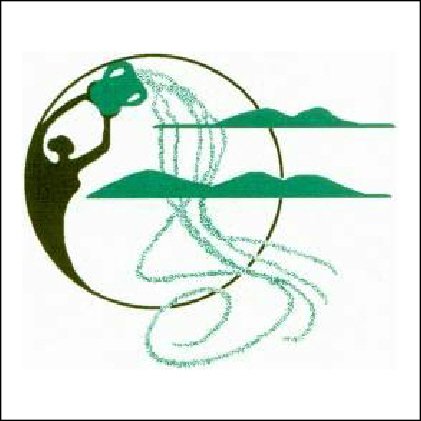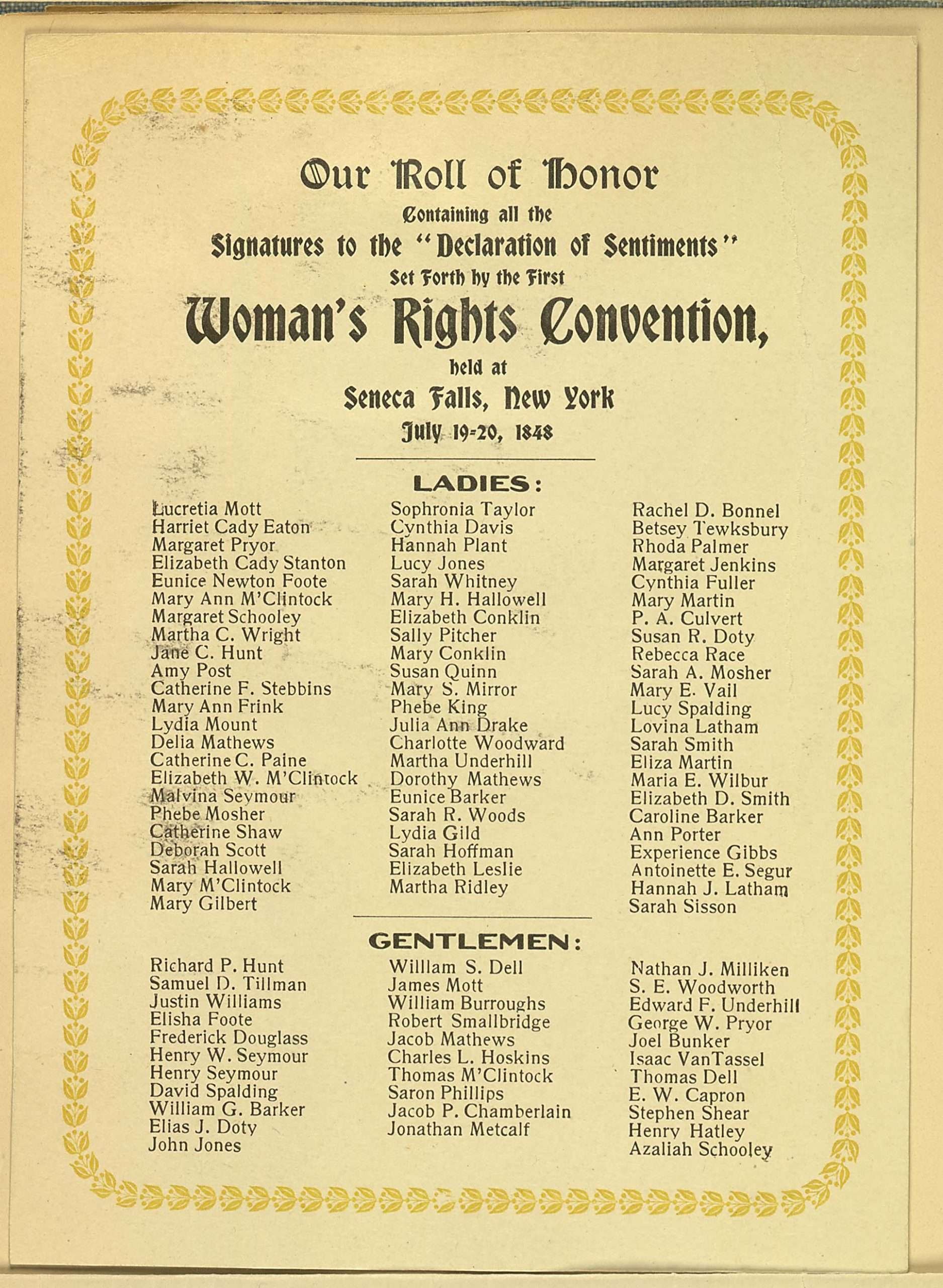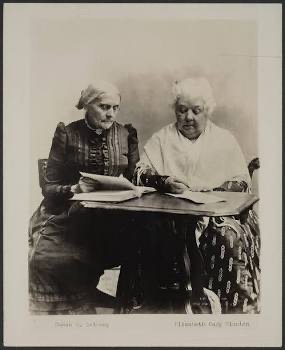THE SECRET STORM Women in Revolt Working for Change
“The Scream,” one of several versions by the Norwegian painter Edvard Munch , 1893 - National Museum of Norway
CONTEXT RECAP
WOMEN's RIGHTS: WHO WAS LEFT OUT?
— Excerpt from an article by Emily Qian
Published in "The Lamp Online” March 31, 2021
America’s history of women’s rights consists of trailblazers fighting for women’s fundamental rights and equality, from Abigail Adams imploring her husband, John Adams, to “remember the ladies,” to Susan B. Anthony and Elizabeth Cady Stanton fighting for women’s right to vote.
In America’s early history, women were denied some of the basic rights that men were able to enjoy. Married women couldn’t own property or have any legal claim to money they might’ve earned, and no female had the right to vote.
Women were expected to take care of the house and the children and not to worry themselves about politics.
In my last two posts I discussed coverture.
Full disclosure: I had never seen nor heard of the word coverture before writing those posts. I came across it accidentally in a search for a cartoon about patriarchy!
Coverture was the Medieval-based English common law legal system that made married women the property of their husbands.
Finding the word coverture — and learning its meaning — was a life-changer for me. It provided context to the many indignities, prejudices, and even the violence, to which women have been subjected for centuries.
It was a moment of synchronicity for me!
Some would it call “chance”.
THE STORM DEVELOPS
MID-19th CENTURY
In the mid-19th century, some women (and men) in the U.S. started paying close attention to what had been going on with the restrictive coverture laws. No efforts at change had succeeded over the years.
This time the women went public.
It happened in 1848 with the Seneca Falls Convention in Seneca Falls, NY.
Here is the backstory on how it came about:
An affront to two American women who travelled to London in 1840 created in them a secret storm that percolated for eight years before steaming out as the Women's Rights Convention.
Theirs is a tale of a chance meeting:a moment of synchronicity!
Their stories:
Lucretia Mott
(1793-1880)
Lucretia Mott was attempting to participate at the World Anti-Slavery Convention in London in 1840, which brought her into contact with Elizabeth Cady Stanton who was also attempting to participate in the convention.
Elizabeth Cady Stanton
(1815-1902)
Because they were women, the two had been blocked from participating in the proceedings.
Women were relegated to a separate gallery where they could observe, but they could not participate: meaning they were barred from speaking, serving on committees, or voting.
World Anti-Slavery Convention - London - June 1840
Oil on Canvas by Benjamin Robert Haydon
National Portrait Gallery, London
This not only angered them, but led them to promise to hold a women’s rights convention when they returned to the United States.
Eight years later, in 1848, their organizing efforts exploded into a groundbreaking convention.
Originally called the Women’s Rights Convention, and later termed the Seneca Falls Convention, it was held at the Wesleyan Chapel from July 19-20, 1848 and was attended by hundreds of people.
The majority of attendees at the 1848 Seneca Falls Convention were white women. Black women were not invited and did not attend. The only African American in attendance was abolitionist Frederick Douglass.
Life-size Statues: Women’s Rights National Park, Seneca Falls, NY
At the Convention, Elizabeth Cady Stanton wrote the “Declaration of Sentiments,” modeling it on the American Declaration of Independence, but with the addition of the word “women” inserted within it.
For example, an early line in their Declaration was: “We would hold these truths to be self-evident: that all men and women [emphasis mine] are created equal.’
The document was signed by 68 women and 32 men.
Here is an excerpt of its actual words of grievance:
He has made her, if married, in the eye of the law, civilly dead.
He has taken from her all right in property, even to the wages she earns.
In the covenant of marriage, she is compelled to promise obedience to her husband, he becoming, to all intents and purposes, her master - the law giving him power to deprive her of her liberty, and to administer chastisement.
The convention members’ aim was to dismantle coverture.
Susan B. Anthony
(1820-1906)
Susan B. Anthony was not present at Seneca Falls for the Convention, so she was not a signer of the Declaration.
However, she did support the Declaration and later worked with Elizabeth Cady Stanton to promote women's rights.
Susan and Elizabeth
Susan was a staunch feminist leader who traveled the country giving speeches in favor of women's suffrage.
Suffrage had proven to be controversial during the convention, so much so, that it took many years to achieve.
Susan was brazen enough, along with 14 other women, to vote in the 1872 presidential election (she voted for the incumbent, Republican Ulysses S. Grant).
These women had defied state laws that restricted women’s right to vote in political elections.
As a result, all the women were arrested.
Susan was arrested inside her own home in Rochester, NY.
She was indicted, tried, and convicted—and fined $100 or voting illegally.
She said: “I will never pay a dollar of your unjust penalty.”
And she never did.
However, despite her tireless advocacy for a woman suffrage amendment, Susan did not live to see it.
The torch had to be handed on to younger feminists.
Alice Paul took the torch—and ran with it.
…To be continued
February is Black History Month.
Reflect on the absence of black women at the
Seneca Falls Convention.
Our Wish List:
—Could you help support our work?
Your gifts keep C:WED alive in the digital world!
We so appreciate every outreach of help.
—Do you have something to send us on any of our themes, Women, the Earth, and/or the Divine?
—Perhaps you have a new perspective?
—Perhaps one from the variety of global cultures?
—Maybe: a short essay, a prayer, a quote, a poem, a video, a drawing, a cartoon, or a resource?
We have planned this series to explore two movements—the Women’s Movement and the Environmental Movement—as they exist, and are linked, in a patriarchal world
We have revised our publishing schedule for this series to one post every week for the next few months.











